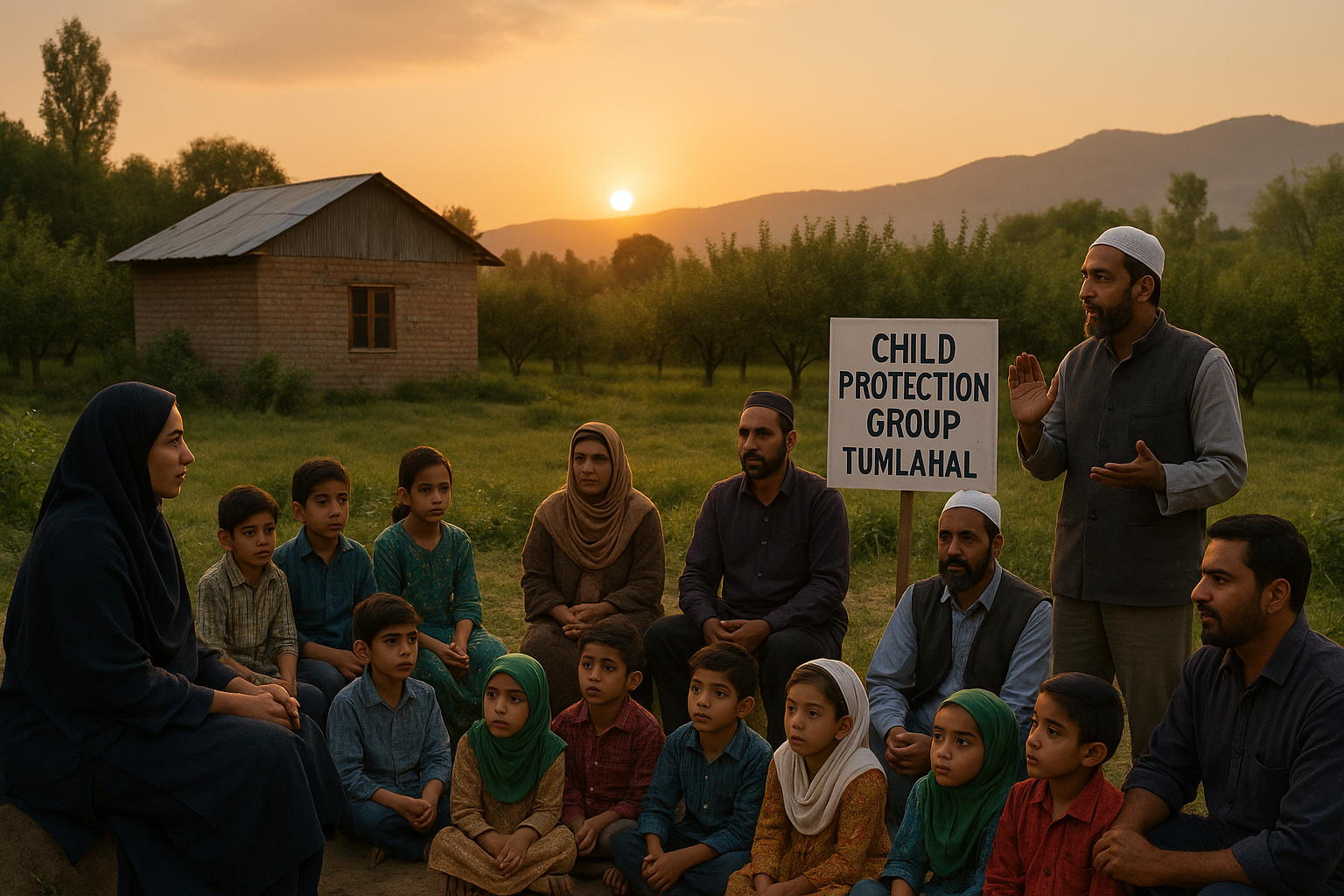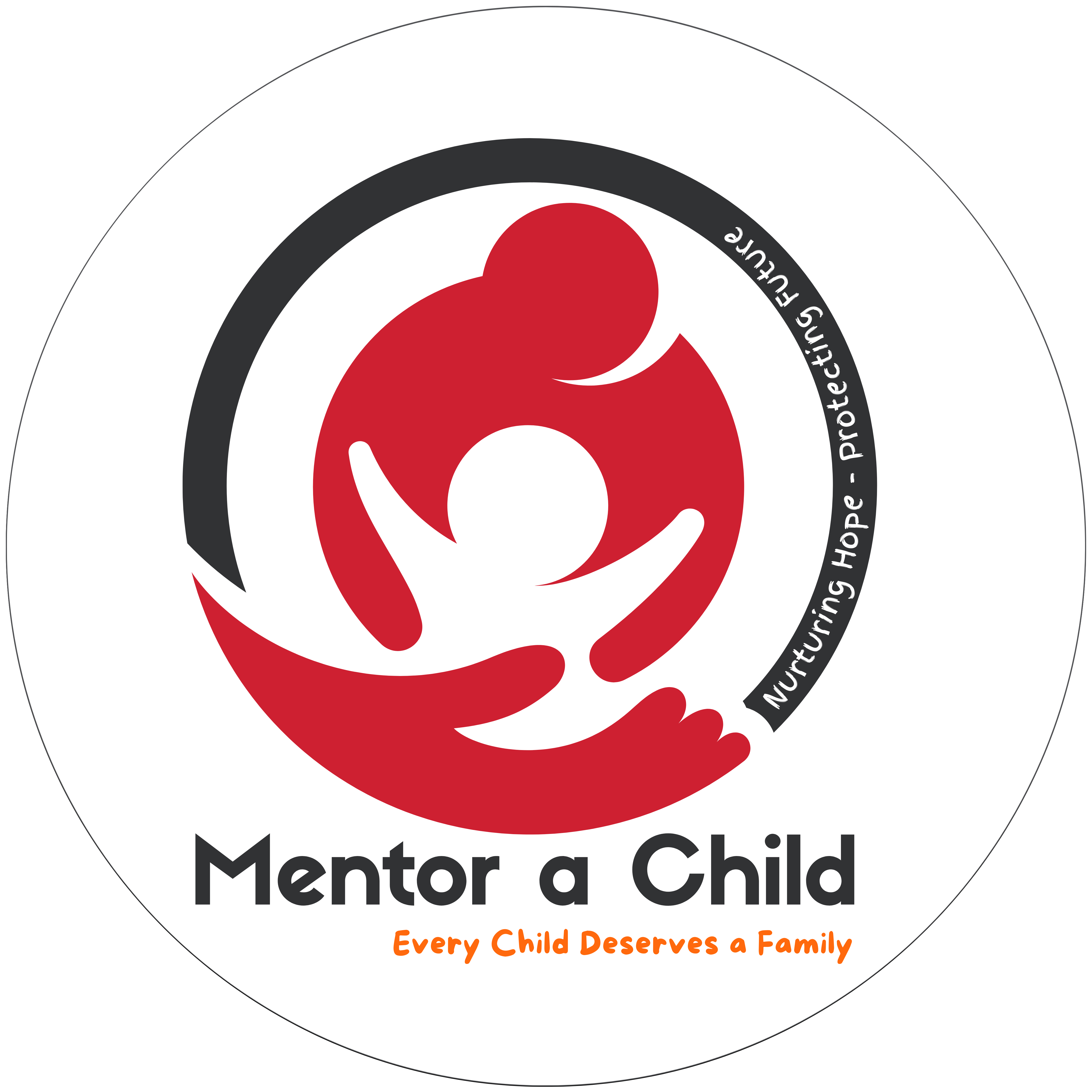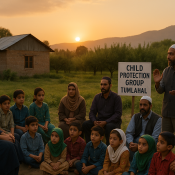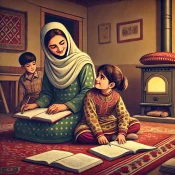
A Village’s Promise
How Tumlahal revolutionised child welfare
In the shadow of Kashmir’s apple orchards, a quiet revolution is taking place.
The village of Tumlahal, nestled seven kilometres from Pulwama town, has transformed from a community grappling with child welfare challenges into a beacon of hope for rural India’s most vulnerable citizens.
“It takes a village to raise a child,” goes the ancient proverb. In Tumlahal, this wisdom has found new meaning through an innovative community-based child protection system that’s changing young lives.
Just a few years ago, the statistics painted a stark picture. In this agricultural community of 1657 people, where apple cultivation sustains most of the 251 households, the literacy rate stood at a mere 51%. But numbers rarely tell the whole story. Behind these figures lay dreams waiting to be kindled and potential waiting to be unleashed.
Enter the Human Welfare Voluntary Organization (HWVO), funded by UNICEF, with a vision that would challenge the traditional approaches to child welfare. Their mission? To prove that institutional care isn’t the only answer for vulnerable children.
The process of change started with discussions. HWVO’s team had many hours of interacting with local leaders, field workers, and the religious community; every conversation was carefully intertwined with threads of trust and understanding. This led to the establishment of the Child Protection Group (CPG), a highly selected team of ten local community members, exactly half men and half women, who would monitor the children of Tumlahal.
However, the innovation actually came in the form of a Child Fund Account, a community-owned financial mechanism meant to put to test the responsibility of the villagers. Despite their initial skepticism, the idea germinated. This grassroots funding program sponsors four vulnerable children with an amount of 1,000 rupees each on a monthly basis for education, health, and nutrition.
“The community needed to understand not just child protection and rights, but also the alternatives to institutional care,” explains a HWVO team member. Regular technical sessions on child rights, Alternative Care, and critical legislation like the Juvenile Justice Act and POCSO Act transformed the CPG members from concerned citizens into informed advocates for child welfare.
What makes Tumlahal’s story remarkable isn’t just the system they’ve created, but how they’ve created it. In an era where solutions often come from above, this village chose to look within. The local mosques became forums for awareness, neighbor-to-neighbor conversations sparked change, and gradually, the community’s perception shifted from viewing child welfare as a distant government responsibility to seeing it as a shared village duty.
Today, the members of the CPG are now guardians who vigilantly watch and tackle child protection concerns. The more advanced capacities given to them would allow them to watch for issues that have not yet entered the system to hurt children before it falls through the cracks.
The sun sets over the apple orchards of Tumlahal and shines upon a community that redefined what was possible when people came together for their children. Here in this small corner of Kashmir, they’re not only raising children, but they are raising hope-one community contribution at a time.
The story of Tumlahal serves as a reminder that sometimes the best solutions to complex social problems do not emanate from institutions far away but from within the communities themselves. As other villages strive to replicate this model, Tumlahal remains a testament to the enduring power of collective action and community care.
In the end, they’ve proved that it doesn’t just take a village to raise a child – it takes a village to change the future.




